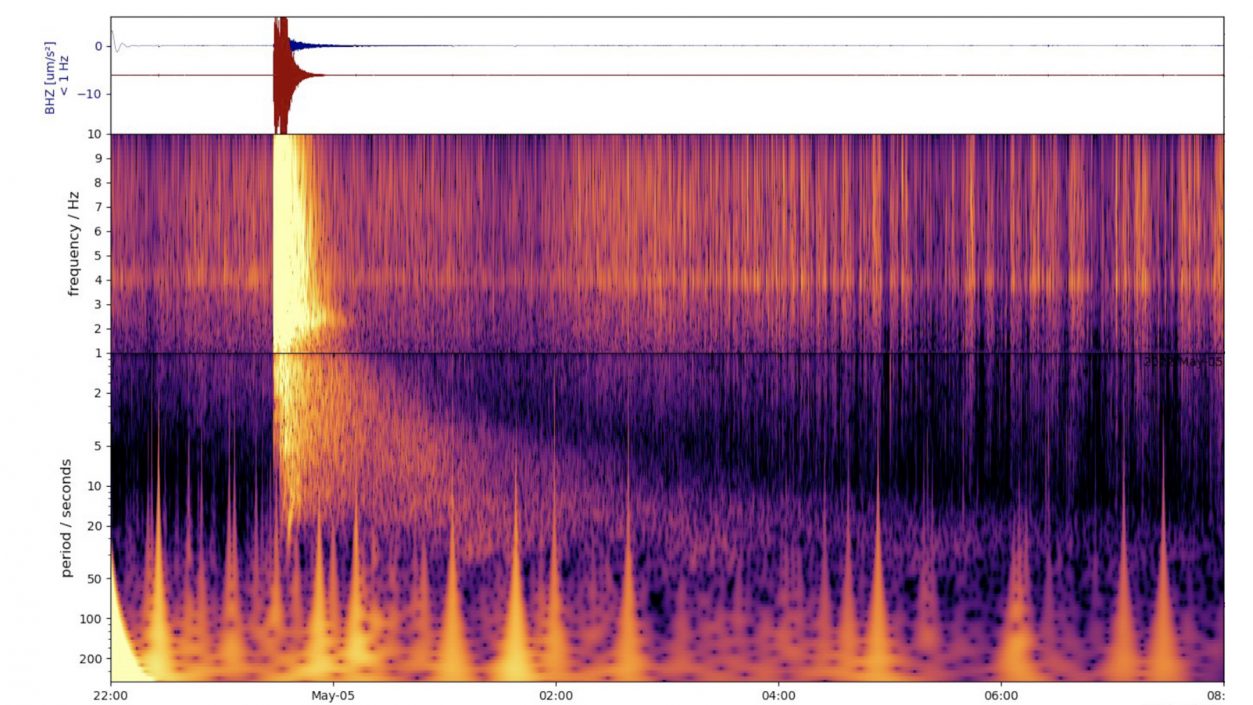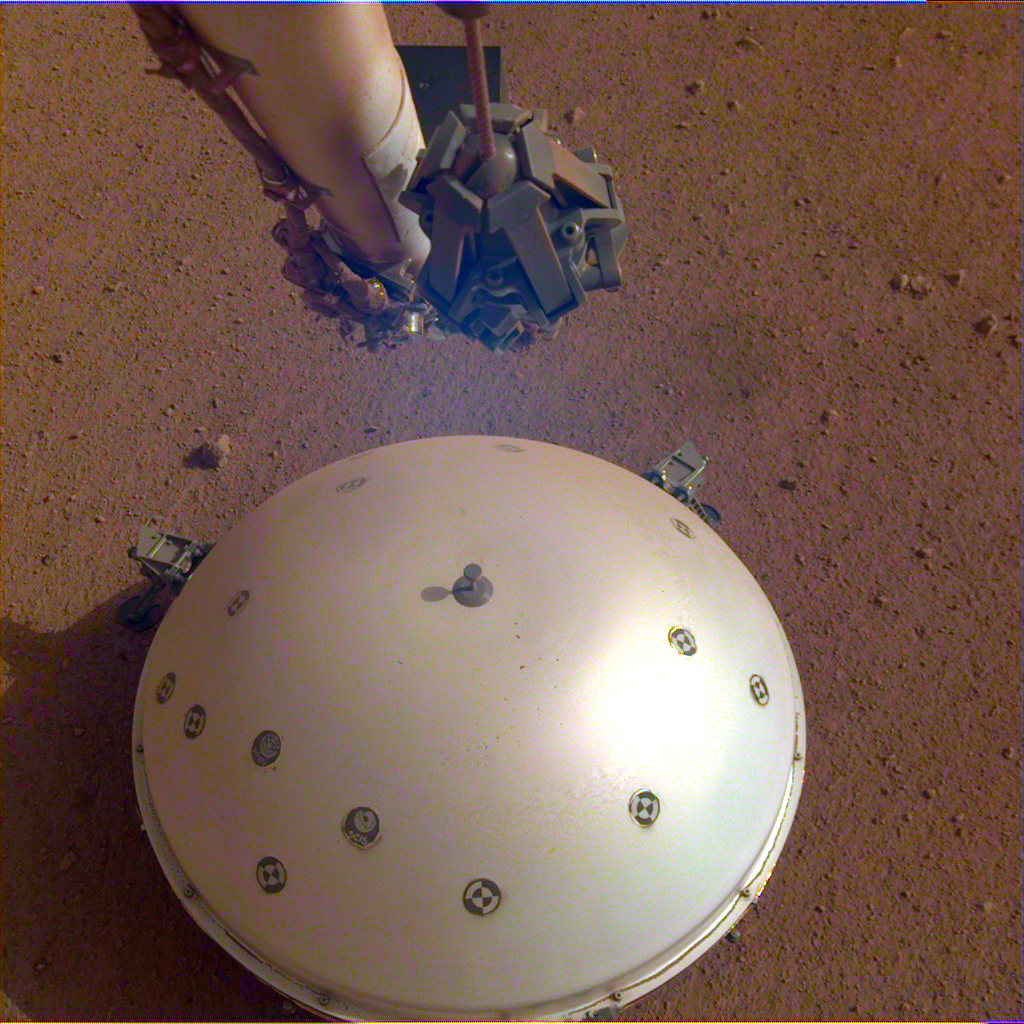More than 1,300 earthquakes have been detected since the probe landed at the end of 2018, the strongest to date being a 4.2-magnitude earthquake. “Since we turned off the seismometer in December 2018, we’ve been waiting for this big earthquake,” said Bruce Banerdt, senior researcher on the InSight management team. It provides insight into the planet’s interior that other earthquakes cannot do. Scientists will study data from this earthquake for years to learn what’s new about Mars.” About the new record earthquake A NASA JPL (JPL).
Globally, a magnitude 5 earthquake is of average magnitude (the 1985 Berhida earthquake was a magnitude 4.9), of which about 1,500 erupt on our planet each year, but according to experts, it may be close to the most powerful earthquake measurable on Mars for a mission InSight. during this period. Experts do not yet know where and for what reason the earthquake sign came, and they can begin to determine it only after a more thorough analysis of the data.
Seismograph for the largest earthquake to date.
Source: NASA
However, the earthquake testifies not only to itself, but also to the internal structure of Mars, as a result of the way earthquake waves cross or bounce off the material of the planet’s crust, mantle, and core. A study of the propagation of earthquake waves reveals the structure of the depths of the Red Planet, as experts see the depths of the Earth in a similar way.
The original function of the InSight probe is to look deep into Mars, with one of the instruments being a seismometer made by experts from the French Center for Space Research (CNES) and operated by seismologists from the Technical University of Zurich (ETH Zurich).
The seismometer rests on the ground of Mars under a small dome. The dome prevents wind-induced vibrations from interfering with the measurements.
Source: NASA
NASA has extended the InSight mission until December 2022, but it’s not certain that the probe will be able to use the time, because solar panels are dangerously scattered, producing less and less electricity as a result. Experts say that if the wind alone does not clear with the help of a whirlwind of dust, it is doubtful that the probe will last until the end of the extension, but there is a possibility that summer will continue to withdraw. It has already nearly doubled the original uptime, which would have been 709 Earth days.













































